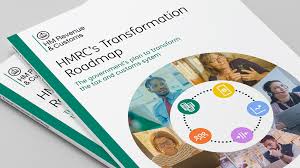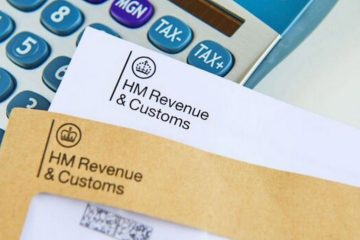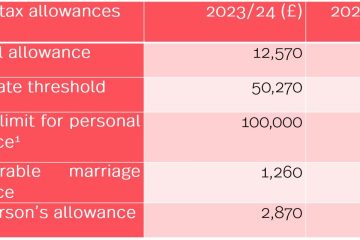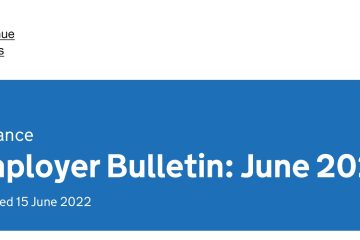Overview of the HMRC Transformation Roadmap

Introduction
The HMRC Transformation Roadmap is a crucial initiative for the UK’s tax authority, aiming to modernise and streamline the tax system. As the world rapidly adapts to digital innovations, HMRC is setting an ambitious agenda to enhance its services, thereby improving efficiency for both taxpayers and businesses. Understanding this roadmap is essential for UK citizens and enterprises as it outlines the future of tax administration in a technology-driven environment.
Key Components of the Transformation Roadmap
Launched in October 2023, the Transformation Roadmap sets out several initiatives designed to address inefficiencies in the current tax system. Major components include:
- Digital Services Enhancements: HMRC plans to improve online services, making it easier for individuals and businesses to manage their tax affairs through seamless digital platforms. This includes a comprehensive upgrade of the Personal Tax Account and Business Tax Account, aiming to provide tailored resources and guidance.
- Artificial Intelligence Integration: To reduce manual processing times, HMRC is investing in AI technologies. These will assist in data analysis and fraud detection, enabling quicker response times and enhanced security measures in managing tax compliance.
- Modernisation of Compliance Requests: The roadmap includes a commitment to simplifying compliance requests for taxpayers. By streamlining these processes, HMRC aims to reduce the burden on users and improve overall engagement with the tax system.
- Collaboration with Stakeholders: Engagement with various stakeholders, from small businesses to large corporations, is a key focus of the roadmap. HMRC has pledged to gather feedback to continuously adapt its initiatives, ensuring that the services meet the evolving needs of the taxpayer.
Implications for Taxpayers and Businesses
The transformation roadmap is expected to have a significant impact on how taxpayers and businesses interact with HMRC. With improved user interfaces and the integration of advanced technologies, individuals will likely find managing their tax affairs simpler and more efficient. Businesses, particularly SMEs, can anticipate a more supportive environment that reduces compliance costs and administrative burdens.
Conclusion
The HMRC Transformation Roadmap represents a significant step towards modernising the UK tax system in alignment with current technological advancements. As these initiatives are rolled out, taxpayers and businesses are encouraged to engage with HMRC to better understand these changes. The success of this transformation will depend on how effectively HMRC can implement its strategies while maintaining transparency and responsiveness to user feedback. As we look towards the future, a user-friendly, efficient tax system is not just a possibility, but a necessary evolution for the prosperity of all stakeholders in the UK economy.








